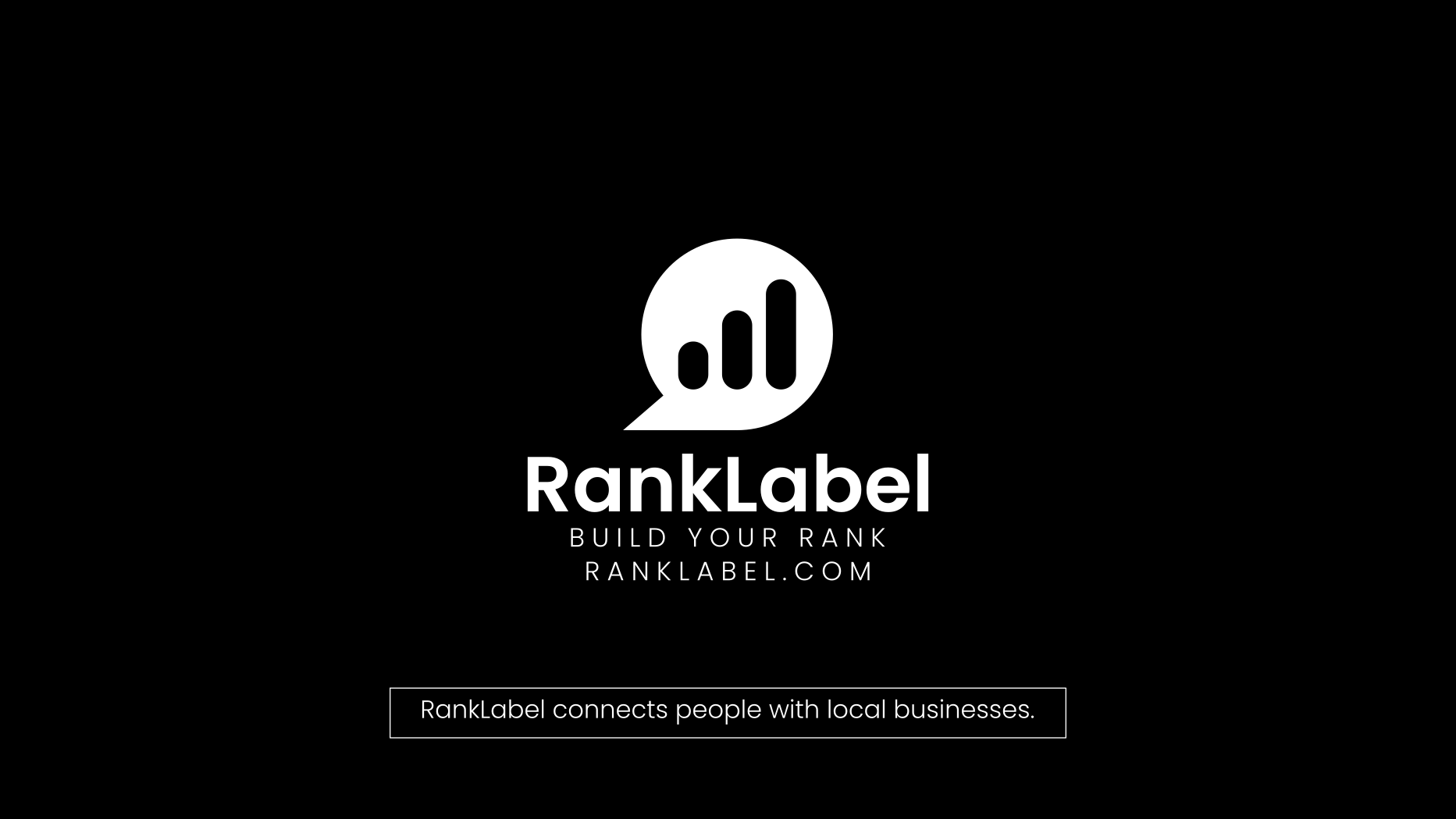The Show Must Go On: How Large-Scale 3D Printing is Revolutionizing Industries from Aerospace to Architecture

Just like Freddie Mercury brought an unparalleled depth and range to his performances, large-scale 3D printing is hitting those high notes in the manufacturing world. This technology is not just a mere background singer; it's the lead vocalist in the band of manufacturing innovation, transforming how we create everything from airplane parts to entire building facades.
Why Large-Scale 3D Printing Is a Game Changer
Imagine being able to 'print' a jet engine or a multi-story building. This isn't science fiction; it's the reality of modern manufacturing. Large-scale 3D printing, also known as large-format or industrial-scale additive manufacturing, pushes the boundaries of size, strength, and speed.
The Benefits of Scaling Up
When it comes to large-scale 3D printing, size does matter. Bigger printers mean the ability to produce large components, significantly reducing assembly time and costs. Here's a quick tour of why going big can be your best business decision:
Advantages of Large-Scale 3D Printing
- Reduction in production times
- Decrease in waste materials
- Ability to create complex geometries
- Customization on a massive scale
The strategic advantages of large-scale 3D printing are clear, especially when companies can produce parts on-demand without the need for expensive tooling and with reduced material waste.
Pushing the Envelope: 3D Printing in Aerospace
Like Freddie Mercury belting out 'Don't Stop Me Now,' aerospace engineers are leveraging 3D printing to push the limits of speed and innovation. High-strength 3D printing materials are now making it possible to produce parts that are both lighter and stronger than traditional components.
Revolutionizing Aircraft Manufacturing
The aerospace industry has always been at the forefront of technology, and with 3D printing, it is rewriting the rules of manufacturing:
Key Applications of 3D Printing in Aerospace
- Production of complex turbine blades
- Manufacturing of lightweight structural components
- Creation of detailed cockpit instruments
- Prototyping of new aerodynamic designs
Each of these applications not only speeds up the production process but also enhances the performance and safety of aircraft, much like a perfectly tuned piano complements Freddie's voice.
Consultation: Navigating the 3D Printing Landscape
Delving into large-scale 3D printing isn't a solo act; it requires a band—a team of experts who can guide you through the complexities of this technology. This is where 3D printing consultation plays a vital role.
What Does a 3D Printing Consultant Do?
A consultant in this field is like the producer in Freddie Mercury’s studio, ensuring that every note hits perfectly to create a hit record:
Roles of a 3D Printing Consultant
- Assessing the feasibility of projects
- Recommending appropriate printing materials and technologies
- Optimizing designs for additive manufacturing
- Training staff and implementing best practices
With expert advice, businesses can maximize their ROI from 3D printing investments, ensuring that every print is a showstopper.
Materials That Matter: High-Strength 3D Printing
In the world of large-scale 3D printing, not all materials are created equal. The selection of high-strength materials is crucial, just as choosing the right guitar was for Freddie Mercury when he composed epic hits.
Exploring High-Strength Materials
Here’s why the choice of material impacts the performance and durability of 3D printed components:
Diverse Range of High-Strength Materials
- Advanced polymers
- Reinforced composites
- Metal alloys
- Ceramic-infused filaments
Each material offers unique benefits and challenges, much like different music genres present different opportunities for a vocalist.
Tags: Large format 3D printing, 3D printing for aerospace, 3D printing consultation, High-strength 3D printing, Large-scale 3D printing
In conclusion, just as Freddie Mercury captured hearts with his dynamic performances, large-scale 3D printing is capturing market shares by transforming industries. Whether it's soaring through the skies in aerospace or building the foundations of new architecture, this technology continues to break free from the confines of traditional manufacturing, ensuring that indeed, the show must go on.










